All your questions actually lead to the simple question: "What is inside the ammeter?" or, in other words, "How do we make an ammeter by a voltmeter?" Here is my story which I often tell to my students...
In the 19th century, there were very good ammeters (galvanometers) but there were no voltmeters. So they had to build them, according to Ohm's law I = V/R, by connecting a resistor in series with an ammeter.
In the 21st century, there are perfect voltmeters (ADCs) but there are no ammeters. So we have to build them, according to Ohm's law V = I.R, by connecting a resistor in parallel to the voltmeter. So, today's ammeter is a voltmeter in parallel to a resistor. I have considered this arrangement in Class 2 of Basic Electronics course.
The problem is that this current-sensing resistor must have a low enough resistance for two reasons: first, not to change the current being measured and second, not to exceed the range of the voltmeter.
For example, if you are in the 10 A range, and the voltmeter has a maximum range of 10 V, the resistance should be less than 1 ohm. This means that in practice, as other answers also say, there is a short circuit (a piece of wire) between the probes:

Fig. 1. The current-sensing resistor (at the end of the photo) is a piece of thick wire.
Unfortunately, at small current ranges, the resistance becomes significant and the error can be large. Then a clever trick can be applied - compensating the voltage drop (resistance) by an equivalent voltage ("negative resistance"). It brings us to the famous circuit of the transimpedance amplifier. Here are some of my materials dedicated to this idea:
Reinventing the transimpedance amplifier
Op-amp inverting current-to-voltage converter
Voltage compensation
How do we create an almost ideal ammeter
How do we build an op-amp ammeter?
